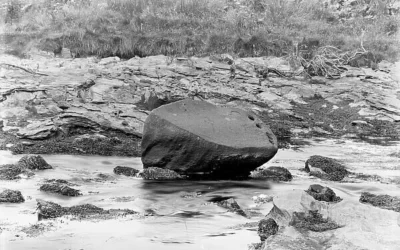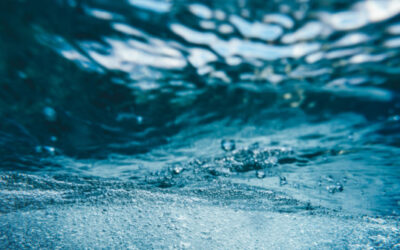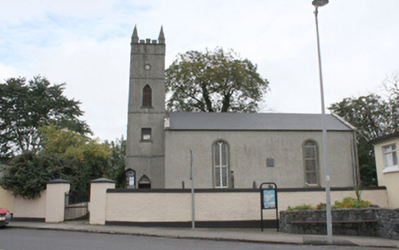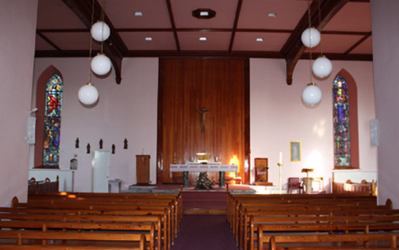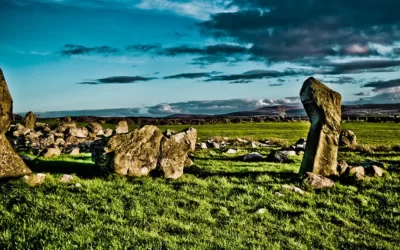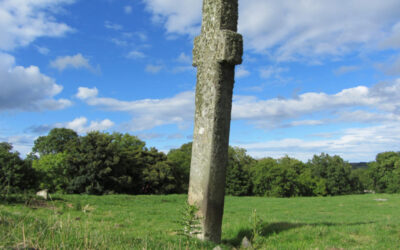Northburgh Castle Greencastle
The castle was built in 1305 to provide a base for Anglo-Norman power in the North West. This building was named “Northburg”. There is a more modern Martello Fort beside the Norman ruin. This was built by the British to stop Napoleon invading circa 1800.
The castle was completed in 1305 by Richard Óg de Burgh, 2nd Earl of Ulster. Northburgh Castle was sited to control Lough Foyle, and to act as an enabler to de Burgh’s plans for expansion. The rock outcrop/platform on which the castle is built was not big enough to incorporate the plans, so the gatehouse is below the main castle extents and has its first floor at the level of the main courtyard: the gate passage leads only to a small lower courtyard from which steps lead up to the main one.
It was captured by Edward Bruce in 1316 who held the castle for two years until his death in 1318, after which it was recaptured by Richard. Walter Liath de Burgh was imprisoned in the castle in 1328 by his cousin (and Richard’s Grandson) William Donn de Burgh, 3rd Earl of Ulster (the ‘Brown Earl’), and died of starvation in February 1332.
That act is commemorated in the Derry City coat of arms as a skeleton. William’s sister was found dead beneath the battlements. After William’s death, the castle became a stronghold of the O’Doherty family.
Northburgh Castle suffered considerable damage by cannon fire and eventually was left in ruins after the 17th century.
The castle remains under management of the Government of Ireland (Office of Public Works). There are two access points for the public, from the town and from the shore


Welcome to Inishowen Heritage, where history comes to life. Embark on a captivating journey through the rich cultural heritage of Inishowen.

